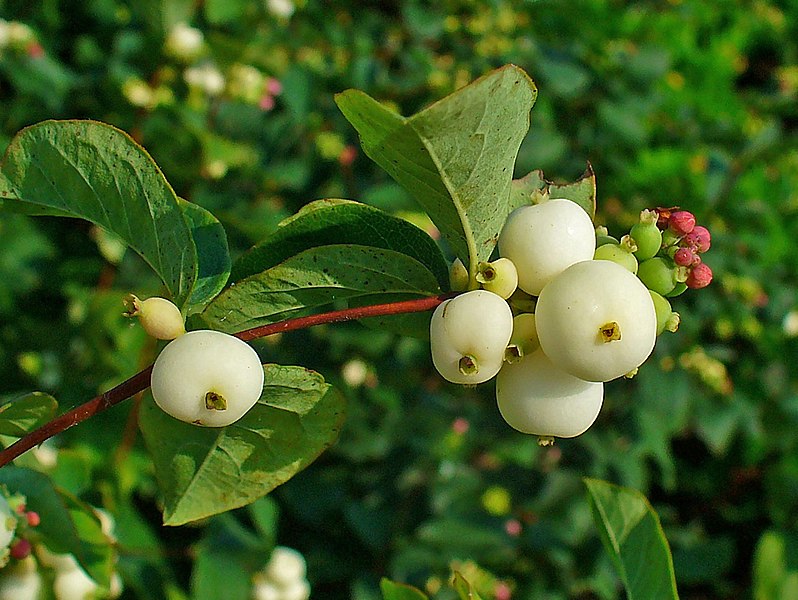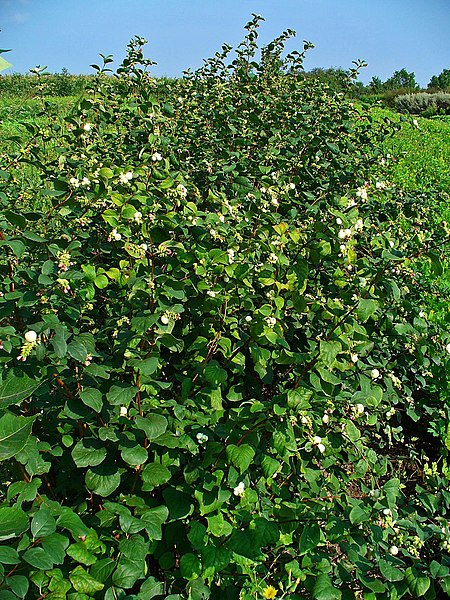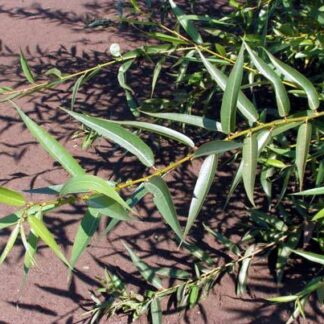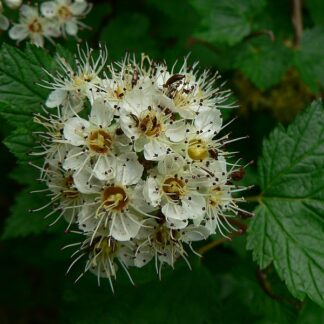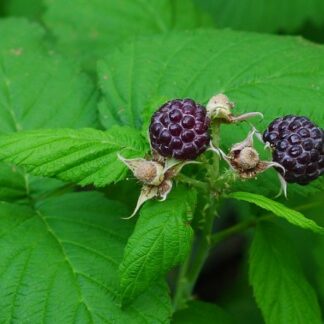Description
Sold in bundles of 10.
At a Glance: Erect shrub with attractive white berries that persist through the winter.
Height: Up to 6.5 feet (2 meters).
Stems: Very slender, brittle twigs with opposite branching; hairless.
Leaves: Leaves are opposite; leaf margins are smooth to wavy-toothed; shape: elliptic to oval; size: 2-5 cm long, 1-3.5 cm across.
Flowers: Flowers are arranged in small, dense clusters along a raceme or spike; primary color: pink to white; size: 5-7 mm long; shape: bell-shaped.
Flowering Period: May, June, July, August.
Fruits: Fruits are white, berry-like and contain two seeds; persist throughout winter; arranged in dense clusters or singly; size: 6-15 mm across.
Other Comments: Snowberry is readily identified by its white berries that develop in late summer and persist through winter. It is an outstanding conservation species and is adaptable to a wide range of sites, its rhizomatous root system make it a good soil stabilizer, provides wildlife habitat, and is a common riparian species. It is important to note that the berries are considered to be poisonous (sometimes called Corpse Berry).
| Sun/Shade Tolerance | Hydrology | Elevation Range |
| Prefers sunny edges or clearings.
full sun > 80%
mostly sunny 60%-80%
partial sun and shade 40%- 60%
mostly shady 60%-80%
full shade > 80%
|
Can tolerate fluctuating water tables.
wet
moist
dry
|
low elevation
mid elevation
sub-alpine
high elevation
|
| Soil Preferences | ||
| More common in deciduous than coniferous forest. | ||
|
sandy soils
gravelly soils
clay soils
muddy soils
peaty soils
|
well drained soils
shallow soils
deep soils
acidic soils
basic soils
|
humic soils
nutrient rich soils
nutrient poor soils
mineral soils
organic soils
|
| Wildlife Value | |
|
Berries
Seeds
Nectar for hummingbirds
Nectar for butterflies
Host for insect larvae
Thickets and shelter
Thorny or protective cover
|
Birds: The berries are eaten by grosbeaks, waxwings, robins, thrushes, towhees, grouse, pheasants, and quails when other food sources are scarce. Snowberry is often a nesting habitat for gadwall ducks. Insects: The leaves are eaten by the sphinx moth larvae. Bumblebees and hummingbirds feed on the nectar. Mammals: Leaves and twigs are browsed by deer. Snowberry provides low shelter and nesting cover for small animals. |
Livestock Toxicity: Snowberry fruits contain high levels of alkaloids, which can be toxic to livestock. Consumption can cause moderate to severe toxicity presenting as vomiting, dizziness and a semi-comatose state.

